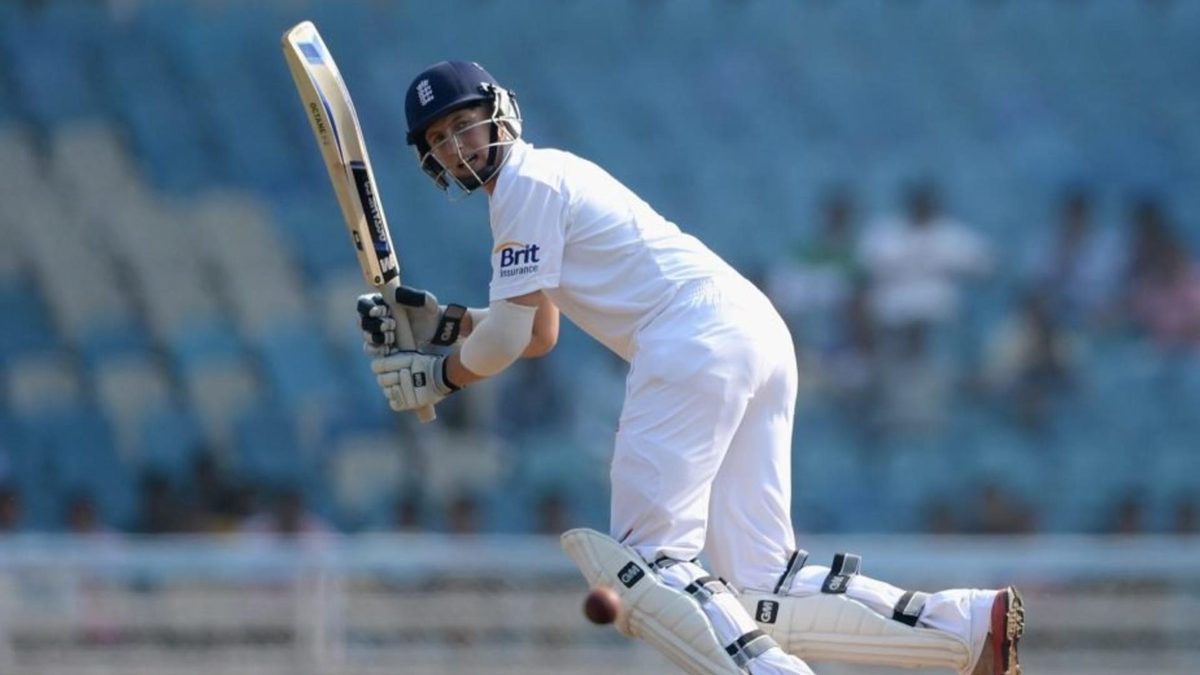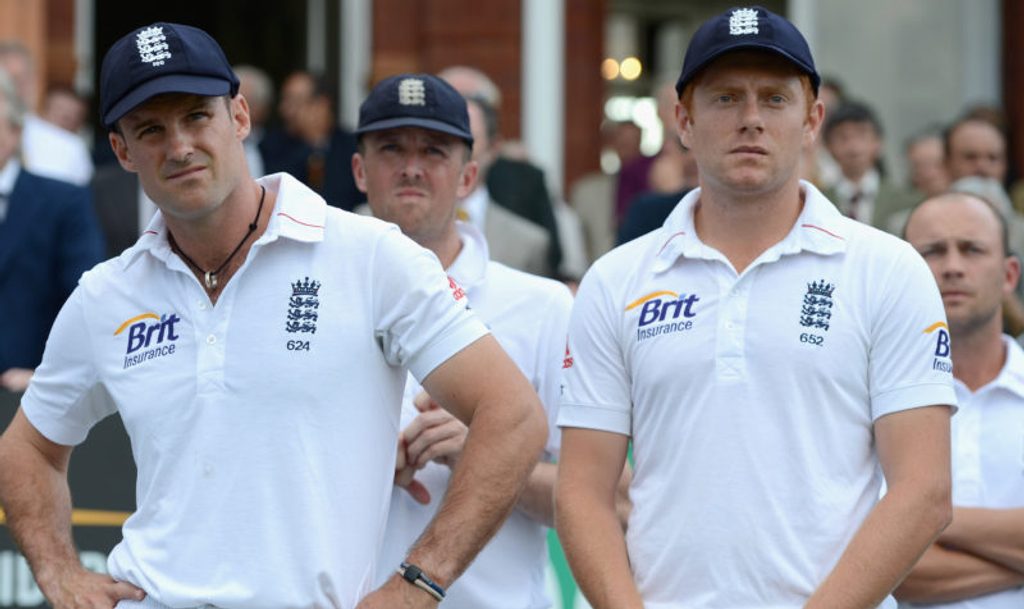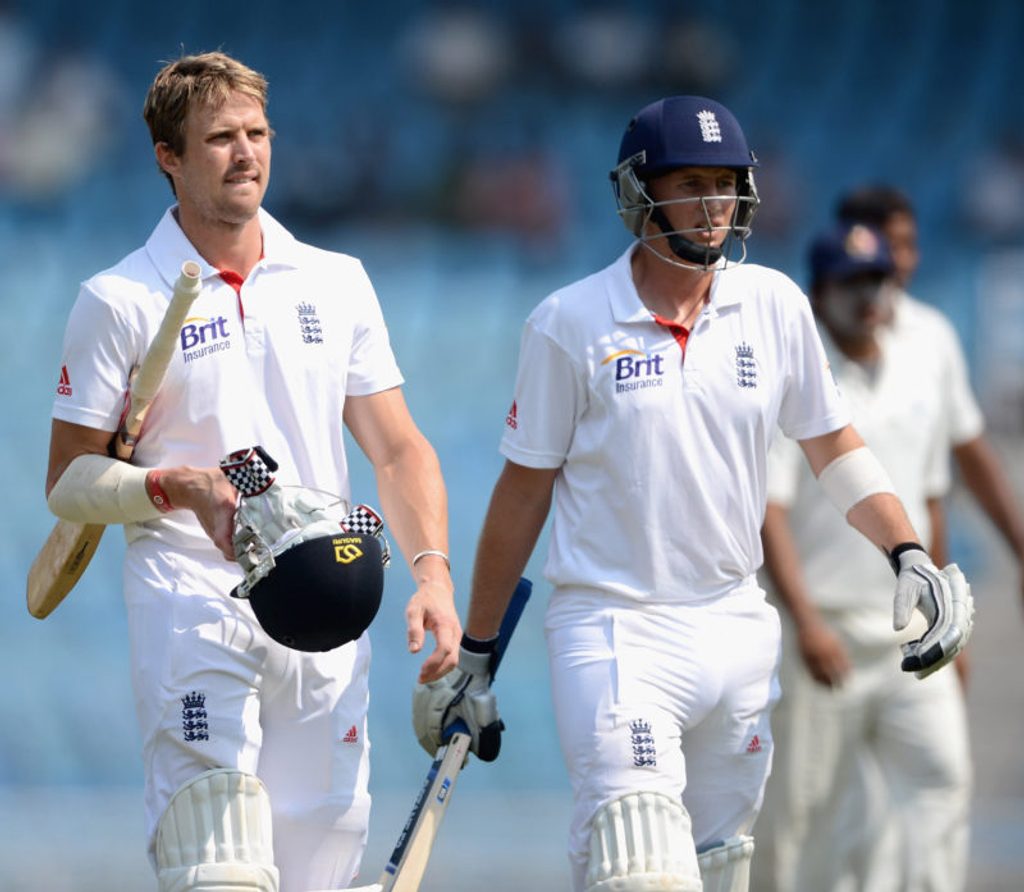
On this day, six years ago, Joe Root was selected for his Test debut in Nagpur, with England about to claim their first series victory in India for 28 years. Taha Hashim reflects on a match that hinted at the emergence of an England great.
For all the statistical wonders of England’s 3-0 whitewash over Sri Lanka last month, the standout story was that the victory was their first series win in Asia since December 2012, when Alastair Cook’s side triumphed against all odds in India – a task that has proved mountainous for touring sides over the years.
There were many sub-plots during that series. It was Cook’s first series in the position of full-time captain. The departure of his predecessor, Andrew Strauss, had coincided with a turbulent English summer, as Kevin Pietersen’s text messages derailed the dressing room in a manner befitting a boy band, not a team of professional athletes.
Amid the off-pitch furore, results on the field took a tumble as the mantle of the No. 1 Test side in the world was lost to Graeme Smith’s mighty South Africa side.
 A turbulent summer and the end of Andrew Strauss’ career
A turbulent summer and the end of Andrew Strauss’ career
In the backdrop of heavy turmoil, a decision had to be made as to who would accompany Cook at the top of the order. Nick Compton’s selection was an obvious one, his season of dominance at Somerset resulting in 1,191 runs in Division One at a Bradmanesque average of 99. Among more modest returns in Division Two was Joe Root, the baby-faced assassin still earning his stripes.
A shootout for the opening slot took place in a warm-up match against Mumbai A and while Root delivered two scores in the twenties, Compton’s 214-ball vigil for 64 earned the grandson of former England great Denis selection for the opening Test in Ahmedabad.
The next month produced a memorable highlights reel. There was, of course, Pietersen’s barnstorming 186 in Mumbai, a parading of brutal arrogance, destroying Pragyan Ojha in a bid to ridicule his supposed weakness against left-arm spin.
Monty Panesar wheeling away in jubilant delight after a scalp filled the heart with glee, and even amidst the nine-wicket defeat in the first Test, Cook kick-started a run of three monumental hundreds in three matches.
Root watched on till Nagpur where he was unexpectedly summoned to help protect England’s series lead, with Samit Patel’s all-round skill-set ditched in favour of a batting safety-net. And so, on December 13, 2012, Root became the recipient of cap No. 655, given to him by Paul Collingwood.
 Compton was to earn selection over Root
Compton was to earn selection over Root
As he has done time and time again over his international career, Root entered the fray after England’s top order demonstrated a sense of shakiness that seemed out of place in the more stable days of 2012. At 119-4, what emerged from the blade of Root wasn’t the stroke-filled counterattack that he has built his reputation on. Rather, Root channelled a more dogged approach – one that would have filled his cap presenter with some pride.
He toiled under the Nagpur sun, first alongside the oddly patient Pietersen, and then the watchful Matt Prior. On a slow-baked pitch, the Yorkshireman finished the day with 31 runs before returning the following morning to greet the Indian attack in similar fashion.
Unlike that first Ashes hundred at Lord’s, the monumental 254 against Pakistan, or the 124 in Pallekele, there were few shots to write home about. Root’s nerve was to be tested by how much he was willing to run himself ragged.
What was to emerge from his efforts was an exceptional 73 from 289 balls, not impressive for its flashness but certainly for its vigour. For 288 minutes, Root held bay against an Indian attack possessing four spinners, reining in any instinct of attack as he helped himself to only four boundaries.
If there was an enduring snapshot of Root’s tenure at the crease, it was of him with his England cap on, lifting his bat with little fanfare to acknowledge his half-century. Perhaps there was a recognition within that this was something he would grow accustomed to. The boy from Sheffield was the man England had been looking for.
 The Test cap has aged quite a bit – with plenty of runs along the way
The Test cap has aged quite a bit – with plenty of runs along the way
The rest of the story is a heart-warming one. The game ended in a draw, helped no doubt by the endurance of the 21-year-old, as England ended 28 years of pain in India. It was to be one of the closing acts of that great England side, as the likes of Pietersen, Prior, Trott and Swann would fade away not long after.
For Root, it was the beginning. While the facial hair has grown, and the boyish charm he once exuded has been replaced by the diplomatic outlook needed by a national captain, the desire to rescue England from a top-order collapse remains.








